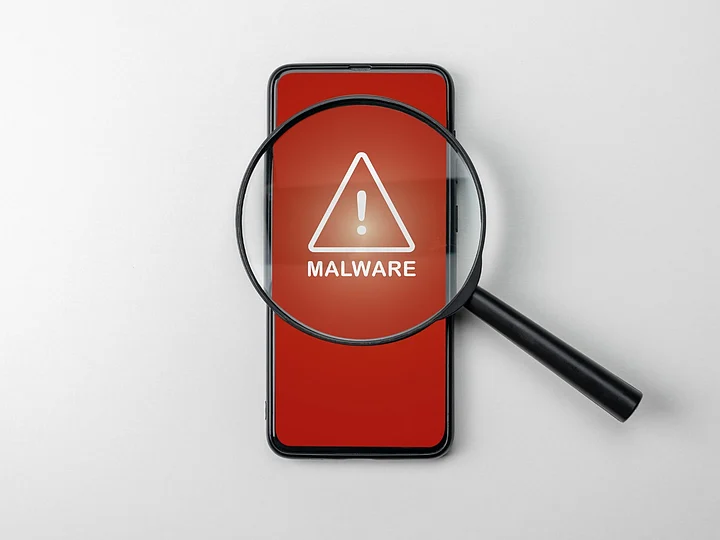Viruses are a type of malware that replicate themselves and spread throughout the entire system. They can affect your phone’s performance or, worse, compromise your sensitive information so that hackers can benefit monetarily.
Dealing with malware and other harmful software has become a part of our digital lives. Hackers and other malicious actors, such as scammers, spare no effort in exploiting unsuspecting victims. This involves stealing banking information or advancing another nefarious agenda. Fortunately, Google has provided ways to deal with malware on Android and even remove it.
Signs Of Malware On Phone
Few signs that suggest that your phone is infected with malware are :
Google signs you out of your account.
You notice pop-ups and ads that shouldn’t be there.
Your phone significantly slows down.
Something starts occupying a large amount of space on your device.
Your browser redirects to random websites or adult content.
Your friends and family receive messages that you never sent.
The most common way through which smartphones get viruses include:
Clicking on links or attachments from unverified sources. These are most commonly distributed as emails and SMS.
Clicking on seemingly innocent ads that take you to an unsecured webpage or download mobile malware to your device.
Visiting suspicious websites, often by ignoring security warnings.
Downloading malicious apps from an unverified source, usually outside the Apple App Store or Google Play Store.
Connecting your phone to an unsecured internet connection like public Wi-Fi (McAfee offers a secure VPN that makes it safe to use unsecured Wi-Fi networks by encrypting your data.
How To Prevent Malware Attacks On Android
Only download an app from a trusted source like the app store or other verified stores. Before downloading don't forget to read app reviews and understand how the app intends to use your data.
Set up strong, unique passwords for your accounts instead of using the same or similar passwords. This prevents a domino effect in case one of the accounts is compromised.
If a link looks suspicious avoid clicking on it until you have more information about its trustworthiness. These links can be found across messaging services and are often part of phishing scams.
Periodically clearing your cache can help protect your phone from viruses. Scan your browsing history to get rid of any links that seem suspicious.
Avoid saving login information on your browsers and log out when you’re not using a particular browser. Although this is a convenience trade-off, it’s harder for malware to access accounts you’re not logged into during the attack.
Update your operating system and apps frequently. Regular updates build upon previous security features. Sometimes, these updates contain security patches created in response to specific threats in prior versions.
Don’t give an app all the permissions it asks for. Instead, you can choose to give it access to certain data only when required. Minimizing an application’s access to your information keeps you safer.
(At The Quint, we question everything. Play an active role in shaping our journalism by becoming a member today.)
